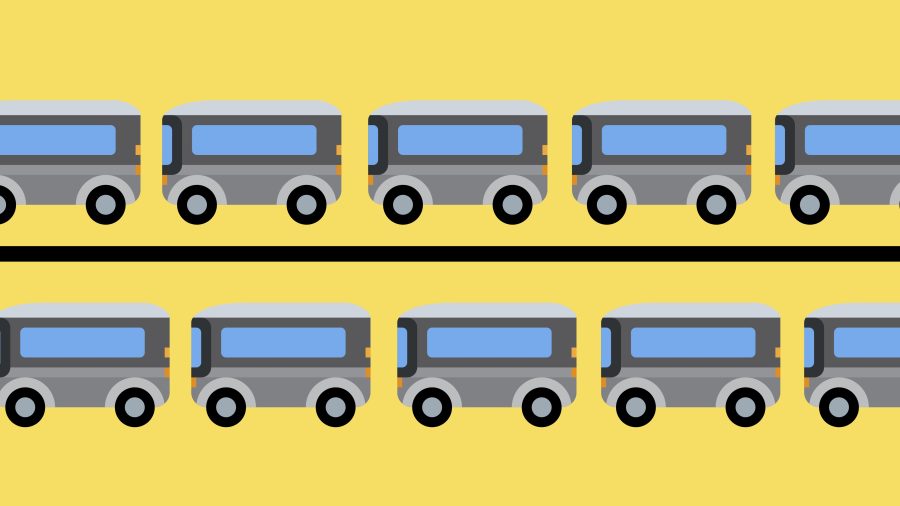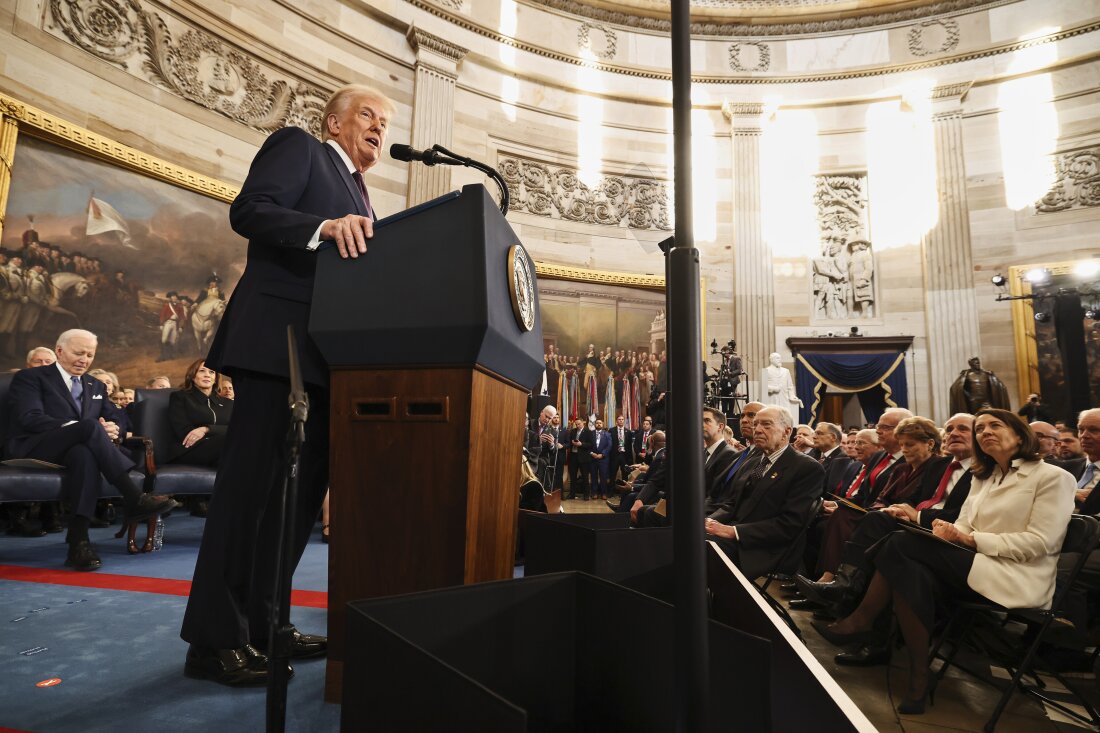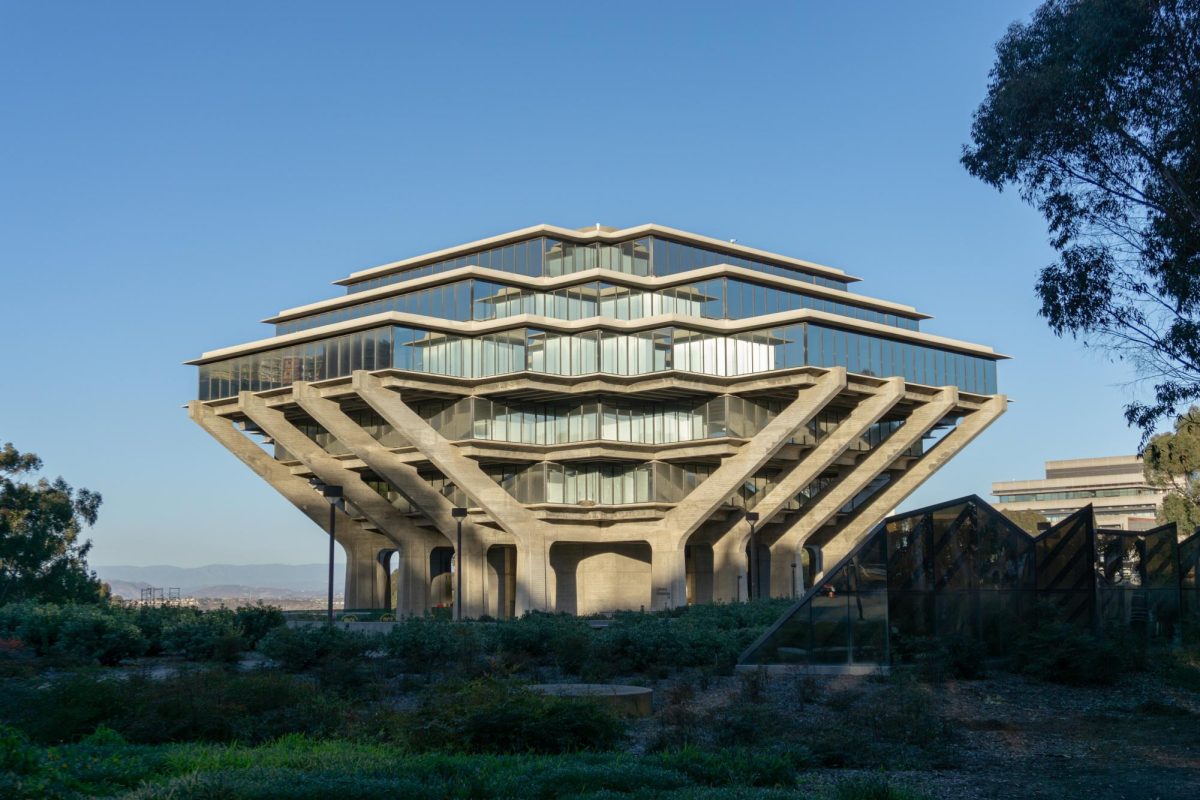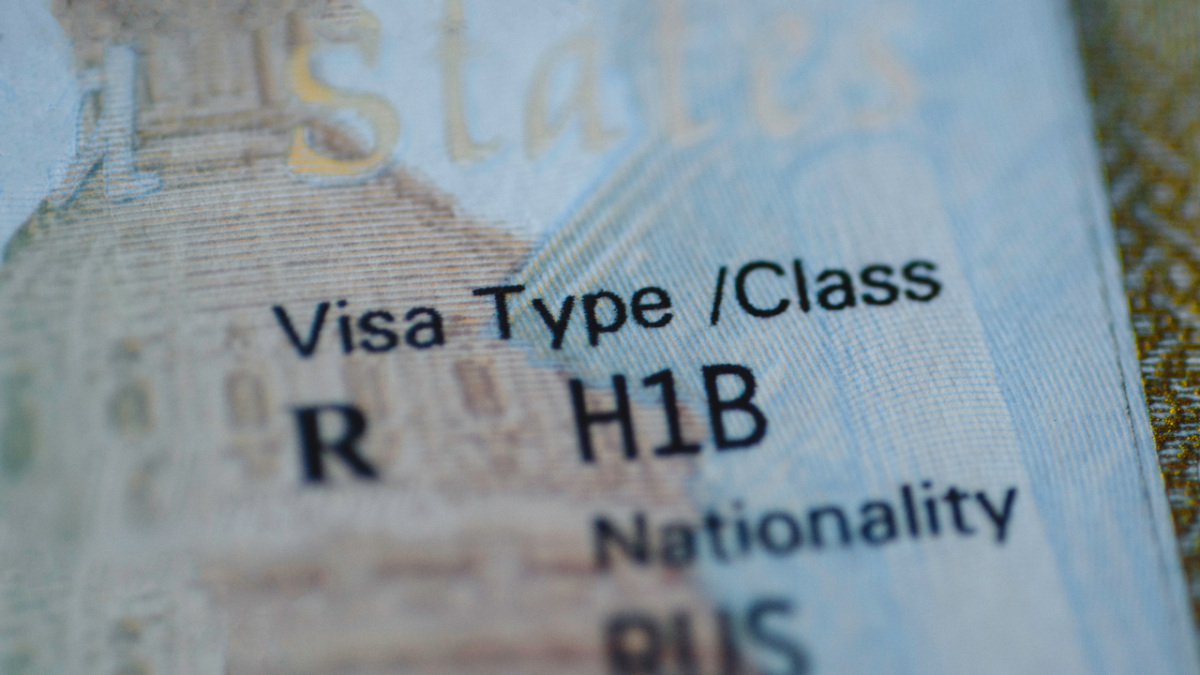I want to like the bus system. Buses are the best commuting options for the environment, save students gas money, and take away any stress associated with finding a parking space on campus. Or at least, they’re supposed to do all of those things. As of this quarter, more students than ever are relying on the bus system to travel to and from campus. What is supposed to be a cheaper, more convenient travel option ultimately costs students more in time. After capping the number of parking passes sold to students — forcing a majority of students to live off campus after their first year — and admitting an even larger number of freshmen and transfer students this year, the university shouldn’t expect the bus system alone to pick up the slack. The university needs to be held responsible and should take immediate action by directly intervening in the issue of overcrowded and late buses.
I contacted Transportation Services Director Josh Kavanagh, in an attempt to discover if the university planned to address the current state of the bus system. The responses to my questions I sent via email were instead sent to me by the university’s Senior Director of Strategic Marketing Communications Judy Piercey. In response to my question, if the university has taken any actions to intervene with the issues of overcrowding and late buses this quarter, I was told that the university’s actions so far have been to be “in regular communication with MTS.” They do this by alerting the San Diego Metropolitan Transit System to customer feedback, working with them on adjusting bus routes due to construction, and participating in the MTS Elevate SD 2020 transportation plan. Additionally, the university has requested a MTS service planner to attend a meeting with the Transportation Advisory Committee.
While it’s a good sign that the university does communicate with MTS, talking about gradual change does not address the current problem. The university needs to be held responsible for the fact that their actions of limiting parking passes and increasing the number of students forced to live off campus have placed undue strain on the MTS buses this year. With this in mind, I asked the transportation office if it would be possible for the university to commission more buses for heavily student-populated routes to campus, or at least to increase the number of shuttles offered between apartment complexes and campus. The response I received was “Transportation Services is not resourced to make service purchases.” This reveals that any actual attempts to solve the problems caused by overcrowding rest on the shoulders of MTS. While the university’s transportation system can’t make service purchases, MTS does have a system in place for them, even though it’s an “extended process that requires significant outside funding and MTS board approval.” Therefore the university needs to meet MTS halfway and take direct actions through the systems already in place within MTS in order to improve the commute of their off-campus students.
Each day’s bus commute is now full of unnecessary struggles: students unable to grab a seat unless they get on at the first or second stop on the route, others forced to double up along the aisles and share hand straps for what little stability they offer, and bodies slamming into each other or falling on the floor after the bus has to make a sudden stop or turn. These experiences are now expected by commuters, and they make already-busy days begin and end with an added layer of unnecessary tension.
As if these conditions weren’t uncomfortable enough, the overcrowding dilemma has turned waiting for the bus into a game of Russian roulette. Even though apps and schedule prompters at bus stops are able to alert students as to when a bus will be driving by, there currently is no way of knowing how many of those buses are too full to take on any more commuters. The result is off-campus students shaping their schedules based on an unpredictable system in order to meet the most basic of class requirements: showing up. The university should — at the very least — work toward ensuring that their students are able to arrive on campus in a reasonable amount of time.

“It adds an extra level of stress to school; commuting shouldn’t be that hard. Campus should be more accessible,” said junior Julia Panian, who lives about a mile away from campus and plans for her commute taking about 40 minutes. “I don’t feel like I should have to fight to get a spot.”
However, the most upsetting factor of this quarter’s noticeably increased overcrowding and schedule irregularity is that it directly impacts students’ education. The irregularity of
the bus schedule means that off-campus students are put at an immediate disadvantage and are more prone to missing or being late to meetings due to the bus system. In a straw poll of our off-campus readers, it was found that 33 out of 40 readers relied on the bus to get to campus each day. Of those students, 79 percent reported that they have been late to classes and academic meetings this quarter due to full and late buses. 21 percent said that they have been passed by more than two full buses during their morning commute. Personally, I live one mile from campus and plan each day for my commute to take around 40 minutes and for about three to four full buses to pass me. Yet despite this careful scheduling, I have often waited upwards of that time, making me late for work, classes, and meetings with professors and advisors.
Even commuting staff and faculty are impacted by overcrowded buses. Three weeks ago I found myself squeezed next to a university staff member on the bus who told me due to limited parking spots she parks a mile away from campus and buses the rest of the way. This past week a graduate student who works as a teaching assistant on campus told me that even though he lives a little over a mile away from campus, he has all but given up on the bus system and walks to campus most days. Immediate and concrete action is needed in order to prevent both students and faculty alike from having getting to campus be a factor that impacts their work.
“You know that there’s an issue when I live only a mile away from campus, and I have to leave at least an hour before my class starts. And even when I do, I’m still late for the past four weeks of the quarter,” said senior Camille Michelon. “It’s a bit of a gut punch when two full buses pass after six preceding that.”
We as students work hard to ensure that we’re able to attend this university on both academic and financial levels. The university needs to do more to ensure that we also do not have to struggle to attend it physically.
Photo courtesy of Geena L. Roberts.
Graphic courtesy of UCSD Guardian Data Visualization.





















Student • Nov 7, 2019 at 6:55 pm
Assuming these people are able bodied, people who live in a 1 mile radius from campus should walk or invest in a bike. It’s only a 20 min walk or 10 min bike ride, so there’s no need to wait an hour for the bus. Regardless, the university needs to be more mindful of how the rapid increase of the student population is affecting the existing campus community and infrastructure.
Student #2 • Nov 9, 2019 at 4:58 pm
Well while that sounds reasonable in theory, UCSD is perched a top a massive hill. I personally own a bike, the Villa La Jolla Drive street is very steep. I’ve climbed it both on a beach cruiser and a road bike. If you do not have the proper bike, technique and fitness, you will not make it up that hill. You can enter via gilman drive from the medical center, this way is more level. The Gilman entrance near the Revelle college is also very steep. After climbing these with my bike, I am soaked in sweat and ride my bike everyday. Walking is an option, but say your class is past giesel library to the north, walking from Costa Verde, a popular housing choice, that’s a 45 minute walk with a heavy book bag.
Planning your commute so to speak, is part of living in a modern society unfortunately. Having lived in Los Angeles, that is part of daily life for many people. They need to factor in travel time so they aren’t late for work.